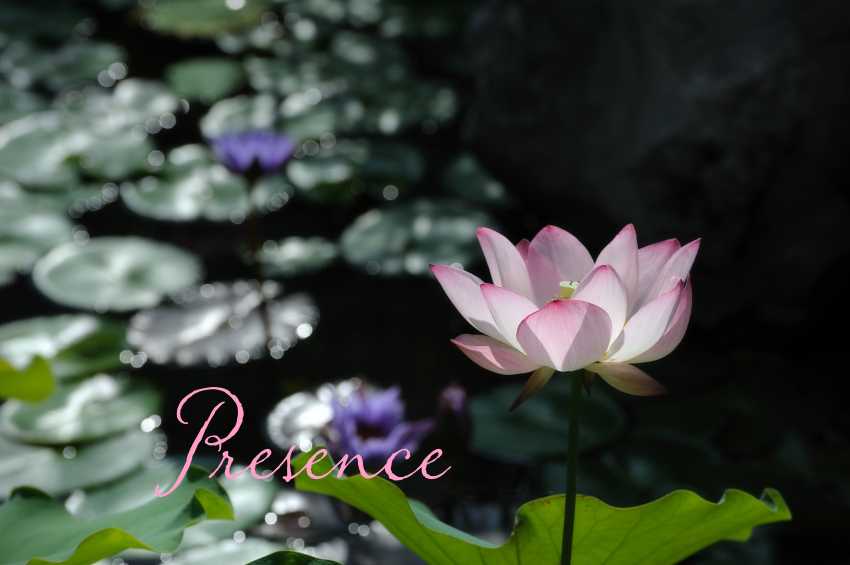Each goal is wish that you have clarified and are committed to making real in this world. Each goal can be a doorway to the future. The next part of the work is finding or creating the doorway by …
Continue Reading about Doorways to the Future: Planning for 2013 Goals →






